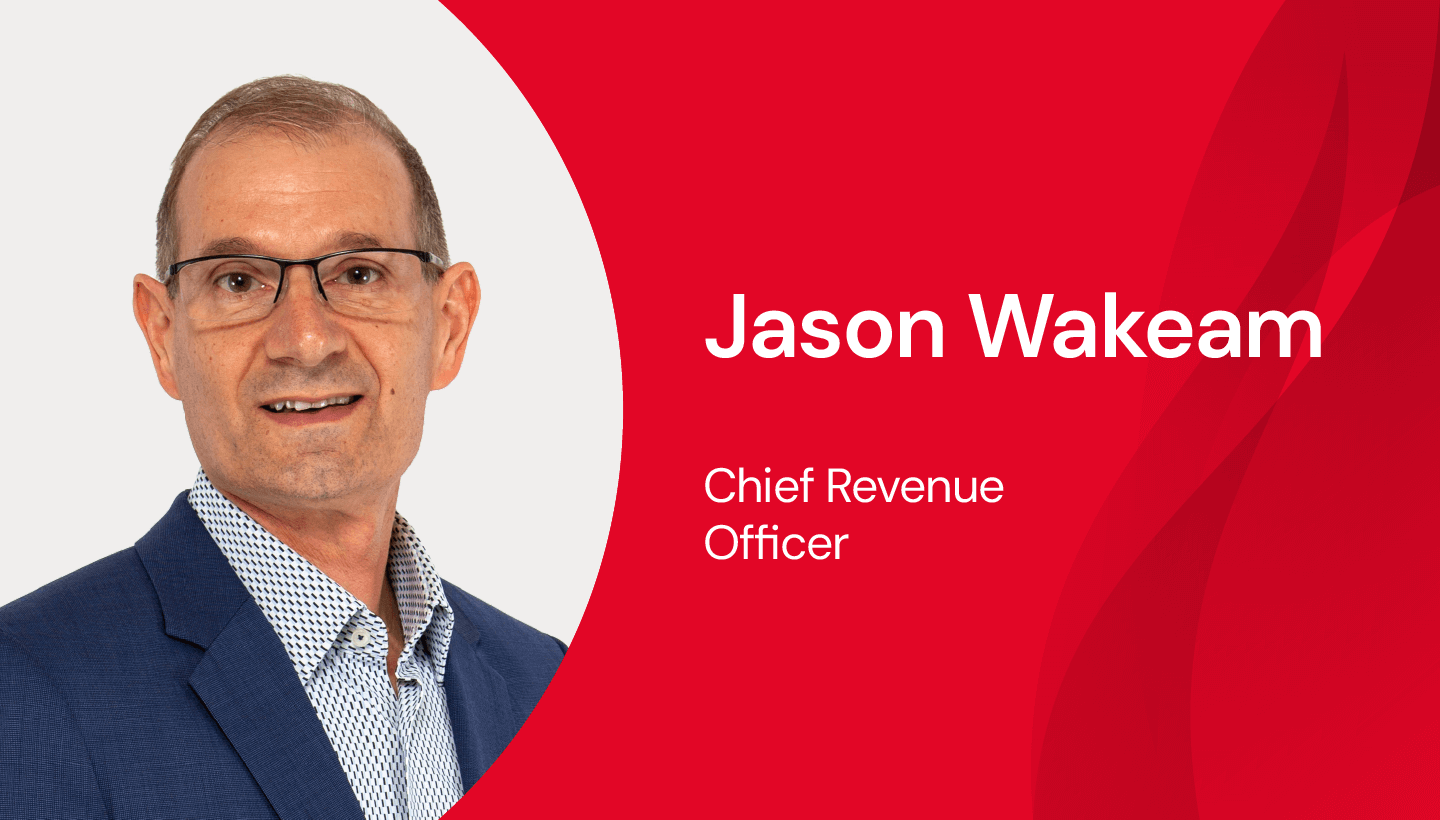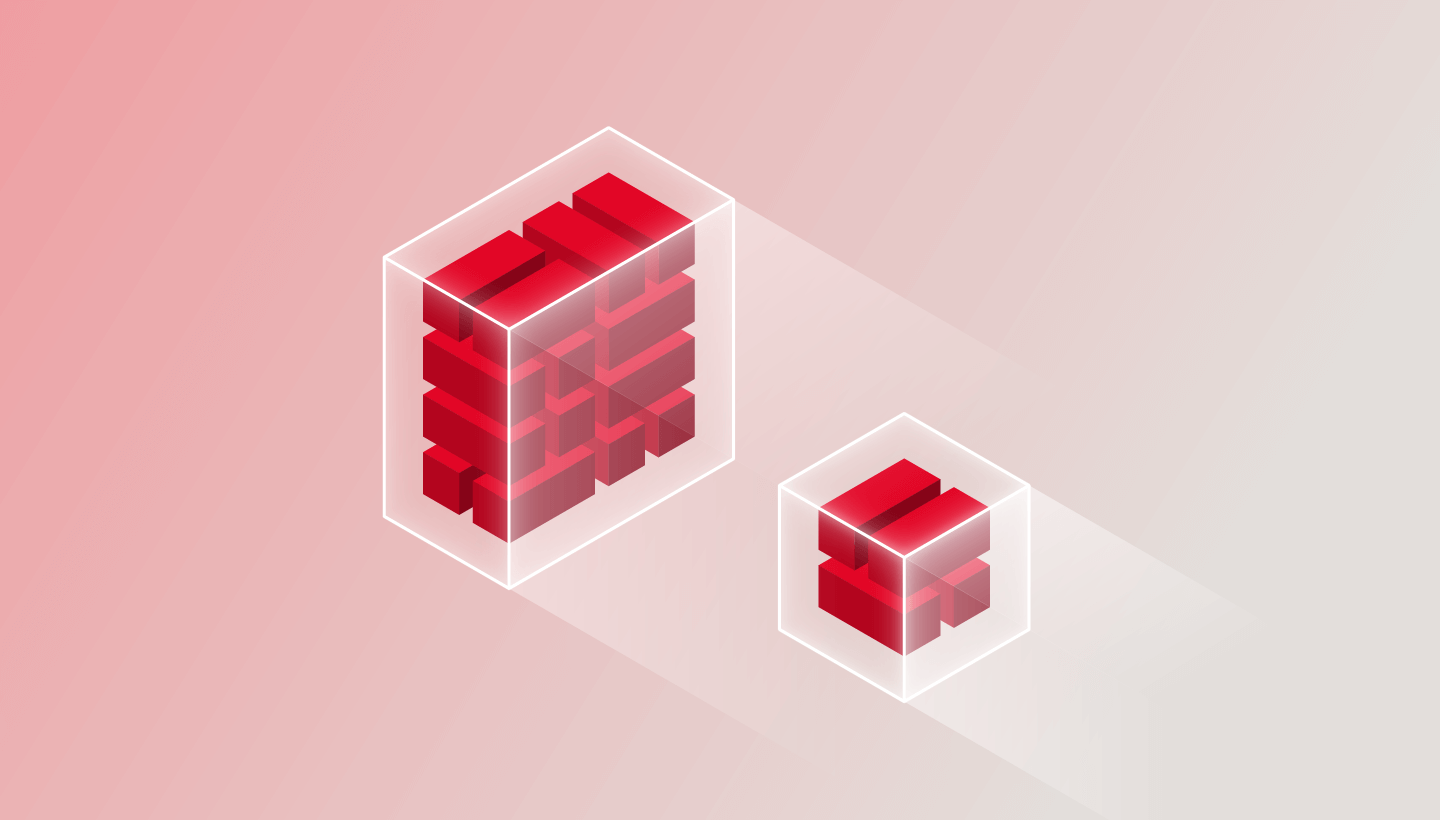
This post by Backblaze’s CEO and co-founder Gleb Budman is the eighth in a series about entrepreneurship. You can choose posts in the series from the list below:
- How Backblaze got Started: The Problem, The Solution, and the Stuff In-Between
- Building a Competitive Moat: Turning Challenges Into Advantages
- From Idea to Launch: Getting Your First Customers
- How to Get Your First 1,000 Customers
- Surviving Your First Year
- How to Compete with Giants
- The Decision on Transparency
- Early Challenges: Managing Cash Flow
- Early Challenges: Making Critical Hires
Running out of cash is one of the quickest ways for a startup to go out of business. When you are starting a company the question of where to get cash is usually the top priority, but managing cash flow is critical for every stage in the lifecycle of a company. As a primarily bootstrapped but capital-intensive business, managing cash flow at Backblaze was and still is a key element of our success and requires continued focus. Let’s look at what we learned over the years.
Raising Your Initial Funding
When starting a tech business in Silicon Valley, the default assumption is that you will immediately try to raise venture funding. There are certainly many advantages to raising funding — not the least of which is that you don’t need to be cash-flow positive since you have cash in the bank and the expectation is that you will have a “burn rate,” i.e. you’ll be spending more than you make.
Note: While you’re not expected to be cash-flow positive, that doesn’t mean you don’t have to worry about cash. Cash-flow management will determine your burn rate. Whether you can get to cash-flow breakeven or need to raise another round of funding is a direct byproduct of your cash flow management.
Also, raising funding takes time (most successful fundraising cycles take 3-6 months start-to-finish), and time at a startup is in short supply. Constantly trying to raise funding can take away from product development and pursuing growth opportunities. If you’re not successful in raising funding, you then have to either shut down or find an alternate method of funding the business.
Sources of Funding
Depending on the stage of the company, type of company, and other factors, you may have access to different sources of funding. Let’s list a number of them:
Customers
Sales — the best kind of funding. It is non-dilutive, doesn’t have to be paid back, and is a direct metric of the success of your company.
Pre-Sales — some customers may be willing to pay you for a product in beta, a test, or pre-pay for a product they’ll receive when finished. Pre-Sales income also is great because it shares the characteristics of cash from sales, but you get the cash early. It also can be a good sign that the product you’re building fills a market need. We started charging for Backblaze computer backup while it was still in private beta, which allowed us to not only collect cash from customers, but also test the billing experience and users’ real desire for the service.
Services — if you’re a service company and customers are paying you for that, great. You can effectively scale for the number of hours available in a day. As demand grows, you can add more employees to increase the total number of billable hours.
Note: If you’re a product company and customers are paying you to consult, that can provide much needed cash, and could provide feedback toward the right product. However, it can also distract from your core business, send you down a path where you’re building a product for a single customer, and addict you to a path that prevents you from building a scalable business.
Investors
Yourself — you likely are putting your time into the business, and deferring salary in the process. You may also put your own cash into the business either as an investment or a loan.
Angels — angels are ideal as early investors since they are used to investing in businesses with little to no traction. AngelList is a good place to find them, though finding people you’re connected with through someone that knows you well is best.
Crowdfunding — a component of the JOBS Act permitted entrepreneurs to raise money from nearly anyone since May 2016. The SEC imposes limits on both investors and the companies. This article goes into some depth on the options and sites available.
VCs — VCs are ideal for companies that need to raise at least a few million dollars and intend to build a business that will be worth over $1 billion.
Debt
Friends & Family — F&F are often the first people to give you money because they are investing in you. It’s great to have some early supporters, but it also can be risky to take money from people who aren’t used to the risks. The key advice here is to only take money from people who won’t mind losing it. If someone is talking about using their children’s college funds or borrowing from their 401k, say ‘no thank you’ — even if they’re sure they want to loan you money.
Bank Loans — a variety of loan types exist, but most either require the company to have been operational for a couple years, be able to borrow against money the company has or is making, or be able to get a personal guarantee from the founders whereby their own credit is on the line. Fundera provides a good overview of loan options and can help secure some, but most will not be an option for a brand new startup.
Grants
Government — in some areas there is the potential for government grants to facilitate research. The SBIR program facilitates some such grants.
At Backblaze, we used a number of these options:
- • Investors/Yourself
- We loaned a cumulative total of a couple hundred thousand dollars to the company and invested our time by going without a salary for a year and a half.
- • Customers/Pre-Sales
- We started selling the Backblaze service while it was still in beta.
- • Customers/Sales
- We launched v1.0 and kept selling.
- • Investors/Angels
- After a year and a half, we raised $370k from 11 angels. All of them were either people whom we knew personally or were a strong recommendation from a mutual friend.
- • Debt/Loans
- After a couple years we were able to get equipment leases whereby the Storage Pods and hard drives were used as collateral to secure the lease on them.
- • Investors/VCs
- After five years we raised $5m from TMT Investments to add to the balance sheet and invest in growth.
The variety and quantity of sources we used is by no means uncommon.
GAAP vs. Cash
Most companies start tracking financials based on cash, and as they scale they switch to GAAP (Generally Accepted Accounting Principles). Cash is easier to track — we got paid $XXXX and spent $YYY — and as often mentioned, is required for the business to stay alive. GAAP has more subtlety and complexity, but provides a clearer picture of how the business is really doing. Backblaze was on a ‘cash’ system for the first few years, then switched to GAAP. For this post, I’m going to focus on things that help cash flow, not GAAP profitability.
Stages of Cash Flow Management
All-spend
In a pure service business (e.g. solo proprietor law firm), you may have no expenses other than your time, so this stage doesn’t exist. However, in a product business there is a period of time where you are building the product and have nothing to sell. You have zero cash coming in, but have cash going out. Your cash-flow is completely negative and you need funds to cover that.
Sales-generating
Starting to see cash come in from customers is thrilling. I initially had our system set up to email me with every $5 payment we received. You’re making sales, but not covering expenses.
Ramen-profitable
But it takes a lot of $5 payments to pay for servers and salaries, so for a while expenses are likely to outstrip sales. Getting to ramen-profitable is a critical stage where sales cover the business expenses and are “paying enough for the founders to eat ramen.” This extends the runway for a business, but is not completely sustainable, since presumably the founders can’t (or won’t) live forever on a subsistence salary.
Business-profitable
This is the ultimate stage whereby the business is truly profitable, including paying everyone market-rate salaries. A business at this stage is self-sustaining. (Of course, market shifts and plenty of other challenges can kill the business, but cash-flow issues alone will not.)
Note, I’m using the word ‘profitable’ here to mean this is still on a cash-basis.
Backblaze was in the all-spend stage for just over a year, during which time we built the service and hadn’t yet made the service available to customers. Backblaze was in the sales-generating stage for nearly another year before the company was barely ramen-profitable where sales were covering the company expenses and paying the founders minimum wage. (I say ‘barely’ since minimum wage in the SF Bay Area is arguably never subsistence.) It took almost three more years before the company was business-profitable, paying everyone including the founders market-rate.
Cash Flow Forecasting
When raising funding it’s helpful to think of milestones reached. You don’t necessarily need enough cash on day one to last for the next 100 years of the company. Some good milestones to consider are how much cash you need to prove there is a market need, prove you can build a product to meet that need, or get to ramen-profitable.
Two things to consider:
1) Unit Economics (COGS)
If your product is 100% software, this may not be relevant. Once software is built it costs effectively nothing to deliver the product to one customer or one million customers. However, in most businesses there is some incremental cost to provide the product. If you’re selling a hardware device, perhaps you sell it for $100 but it costs you $50 to make it. This is called “COGS” (Cost of Goods Sold).
Many products rely on cloud services where the costs scale with growth. That model works great, but it’s still important to understand what the costs are for the cloud service you use per unit of product you sell.
Support is often done by the founders early-on in a business, but that is another real cost to factor in and estimate on a per-user basis. Taking all of the per unit costs combined, you may charge $10/month/user for your service, but if it costs you $7/month/user in cloud services, you’re only netting $3/month/user.
2) Operating Expenses (OpEx)
These are expenses that don’t scale with the number of product units you sell. Typically this includes research & development, sales & marketing, and general & administrative expenses. Presumably there is a certain level of these functions required to build the product, market it, sell it, and run the organization. You can choose to invest or cut back on these, but you’ll still make the same amount per product unit.
Incremental Net Profit Per Unit
If you’ve calculated your COGS and your unit economics are “upside down,” where the amount you charge is less than that it costs you to provide your service, it’s worth thinking hard about how that’s going to change over time. If it will not change, there is no scale that will make the business work. Presuming you do make money on each unit of product you sell — what is sometimes referred to as “Contribution Margin” — consider how many of those product units you need to sell to cover your operating expenses as described above.
Calculating Your Profit
The math on getting to ramen-profitable is simple:
(Number of Product Units Sold x Contribution Margin) - Operating Expenses = Profit
If your operating expenses include subsistence salaries for the founders and profit > $0, you’re ramen-profitable.
Improving Cash Flow
Having access to sources of cash, whether from selling to customers or other methods, is excellent. But needing less cash gives you more choices and allows you to either dilute less, owe less, or invest more.
There are two ways to improve cash flow:
1) Collect More Cash
The best way to collect more cash is to provide more value to your customers and as a result have them pay you more. Additional features/products/services can allow this. However, you can also collect more cash by changing how you charge for your product. If you have a subscription, changing from charging monthly to yearly dramatically improves your cash flow. If you have a product that customers use up, selling a year’s supply instead of selling them one-by-one can help.
2) Spend Less Cash
Reducing COGS is a fantastic way to spend less cash in a scalable way. If you can do this without harming the product or customer experience, you win. There are a myriad of ways to also reduce operating expenses, including taking sub-market salaries, using your home instead of renting office space, staying focused on your core product, etc.
Ultimately, collecting more and spending less cash dramatically simplifies the process of getting to ramen-profitable and later to business-profitable.
Be Careful (Why GAAP Matters)
A word of caution: while running out of cash will put you out of business immediately, overextending yourself will likely put you out of business not much later. GAAP shows how a business is really doing; cash doesn’t. If you only focus on cash, it is possible to commit yourself to both delivering products and repaying loans in the future in an unsustainable fashion. If you’re taking out loans, watch the total balance and monthly payments you’re committing to. If you’re asking customers for pre-payment, make sure you believe you can deliver on what they’ve paid for.
Summary
There are numerous challenges to building a business, and ensuring you have enough cash is amongst the most important. Having the cash to keep going lets you keep working on all of the other challenges. The frameworks above were critical for maintaining Backblaze’s cash flow and cash balance. Hopefully you can take some of the lessons we learned and apply them to your business. Let us know what works for you in the comments below.




